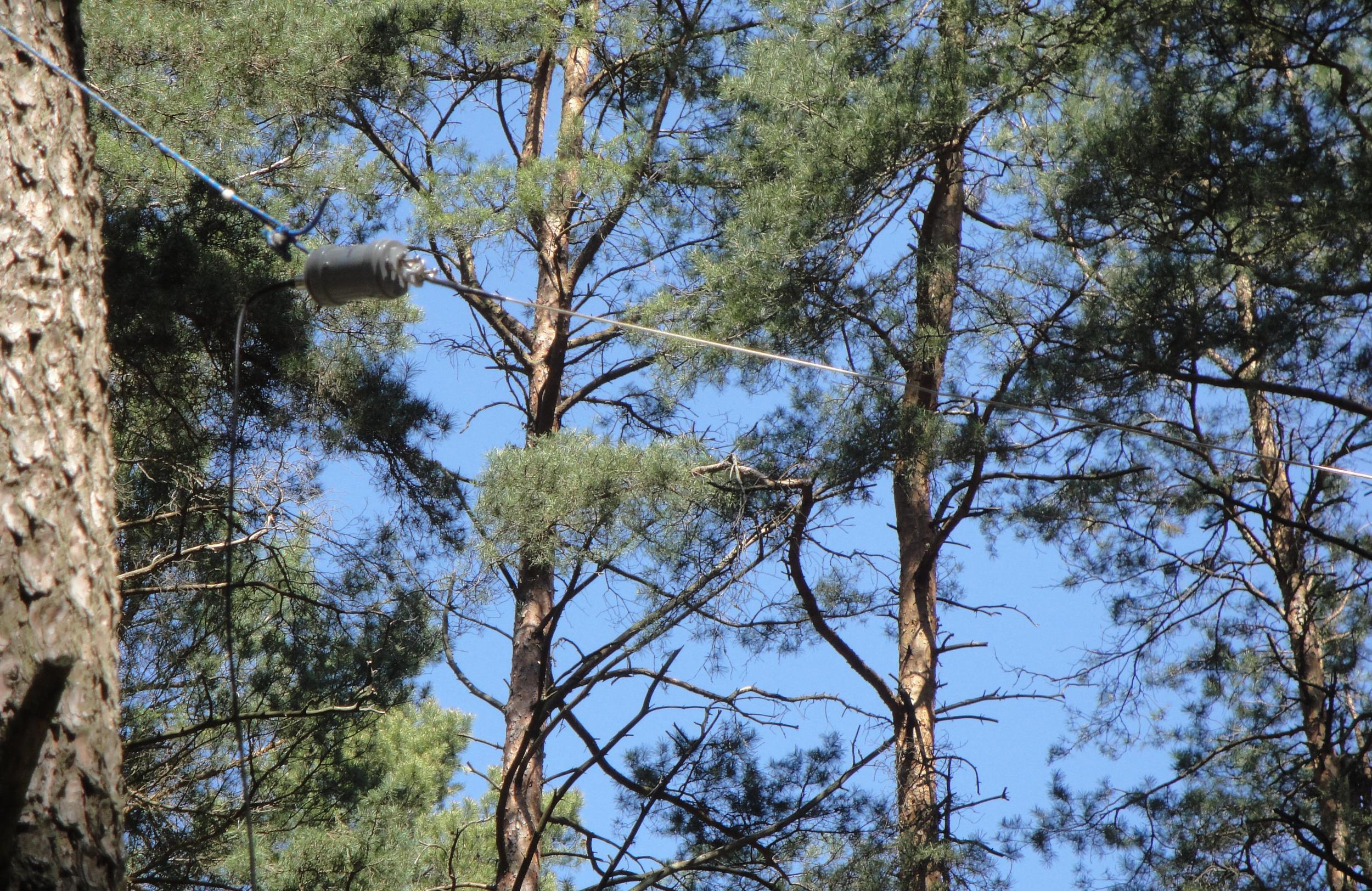Radio Nederland's "What's New": November 6, 1976
/Paul's reel tape containing this Radio Netherland's recording
Many thanks to SRAA contributor, Paul Harner, who notes:
Radio Nederland's "What's New" was a Saturday night program that featured hits from the weekly Dutch Top 30. The show was co-hosted by American Bruce Parsons and Australian Graham GIll. Based on the charts from that week, this show aired on 6 November 1976. Shows like "What's New" introduced me to pop/rock artists that didn't receive airplay in the USA. It also introduced me to other shows on Radio Nederland later on, such as "His And Hers," "Happy Station," and especially "Media Network."





















